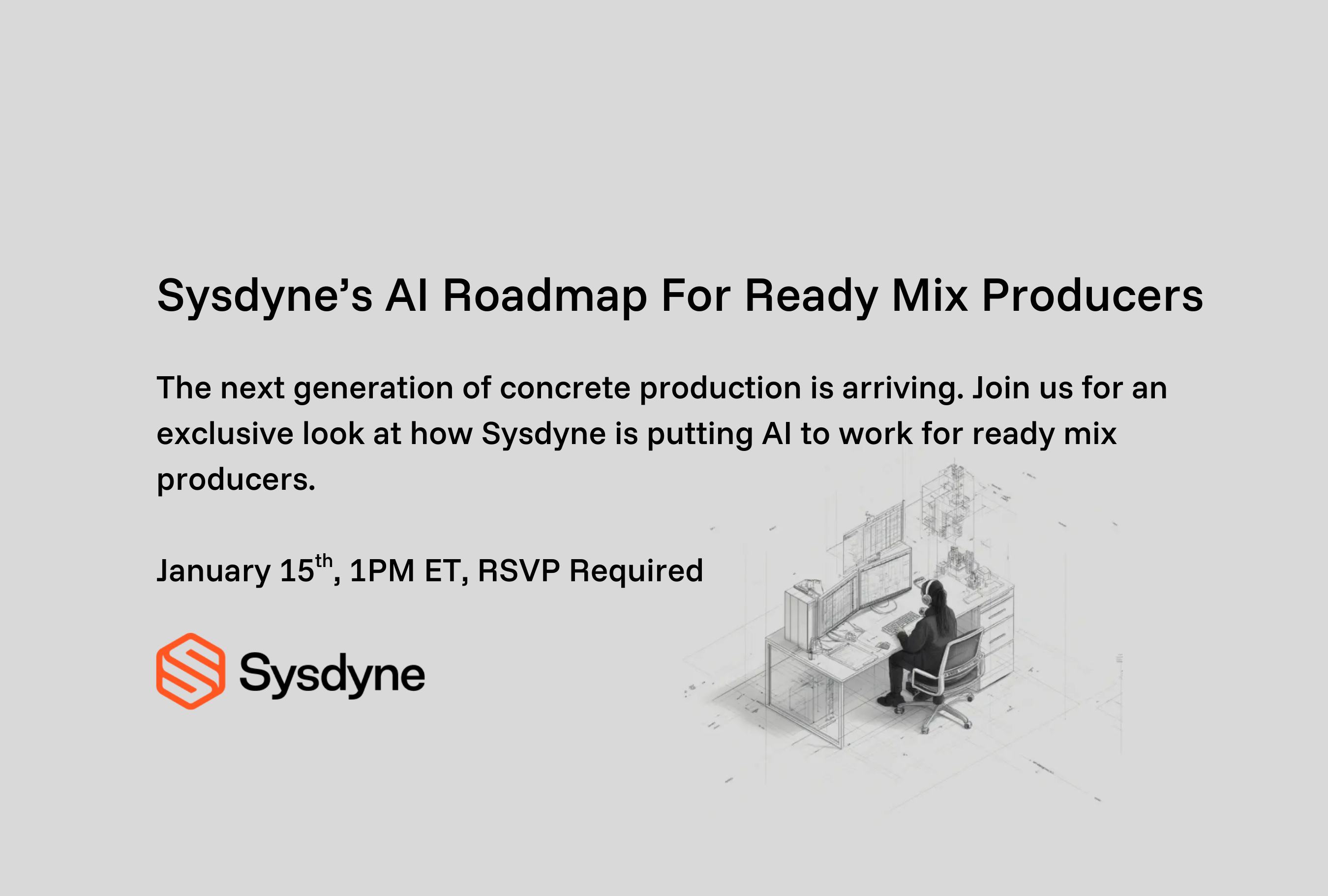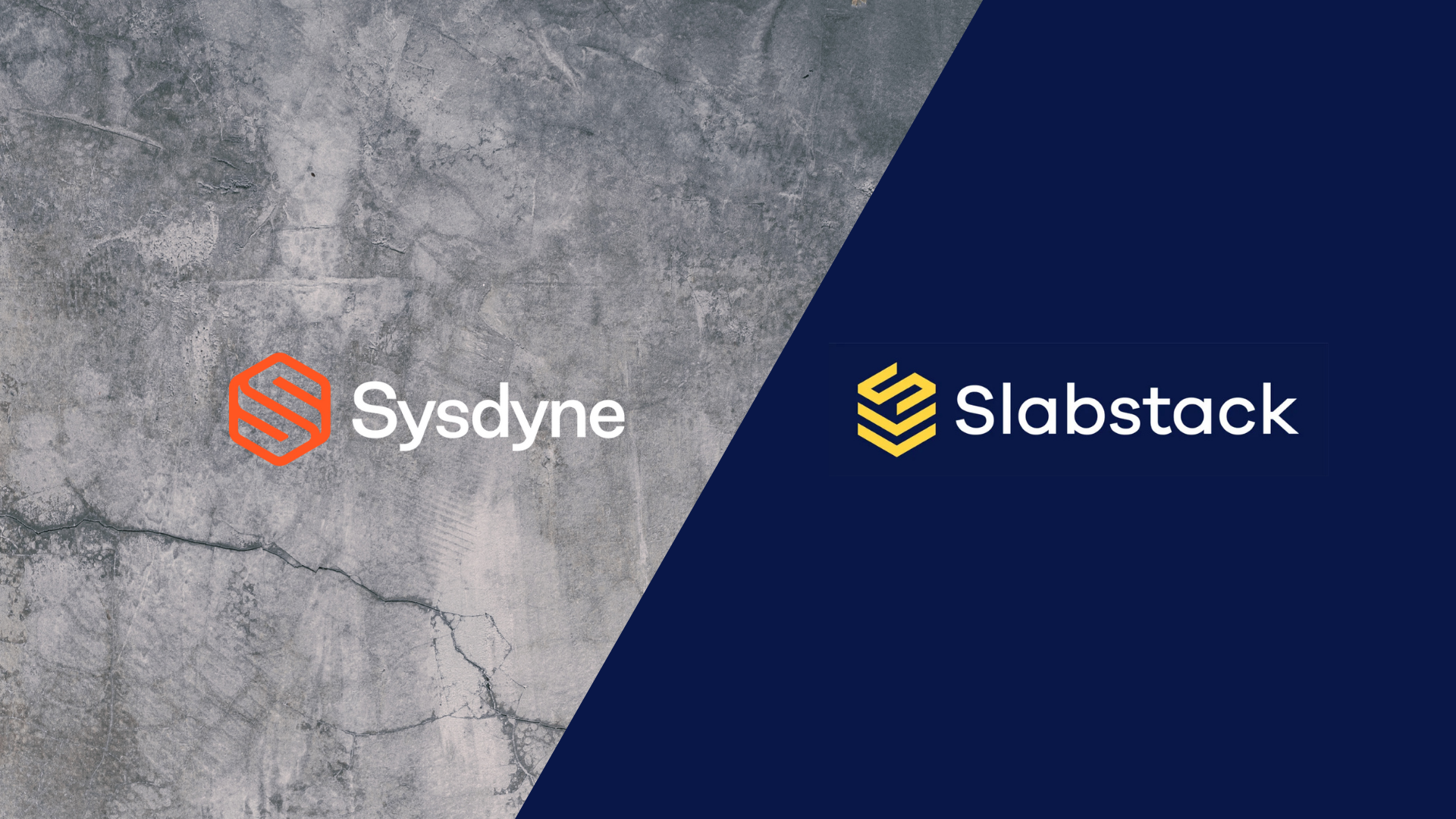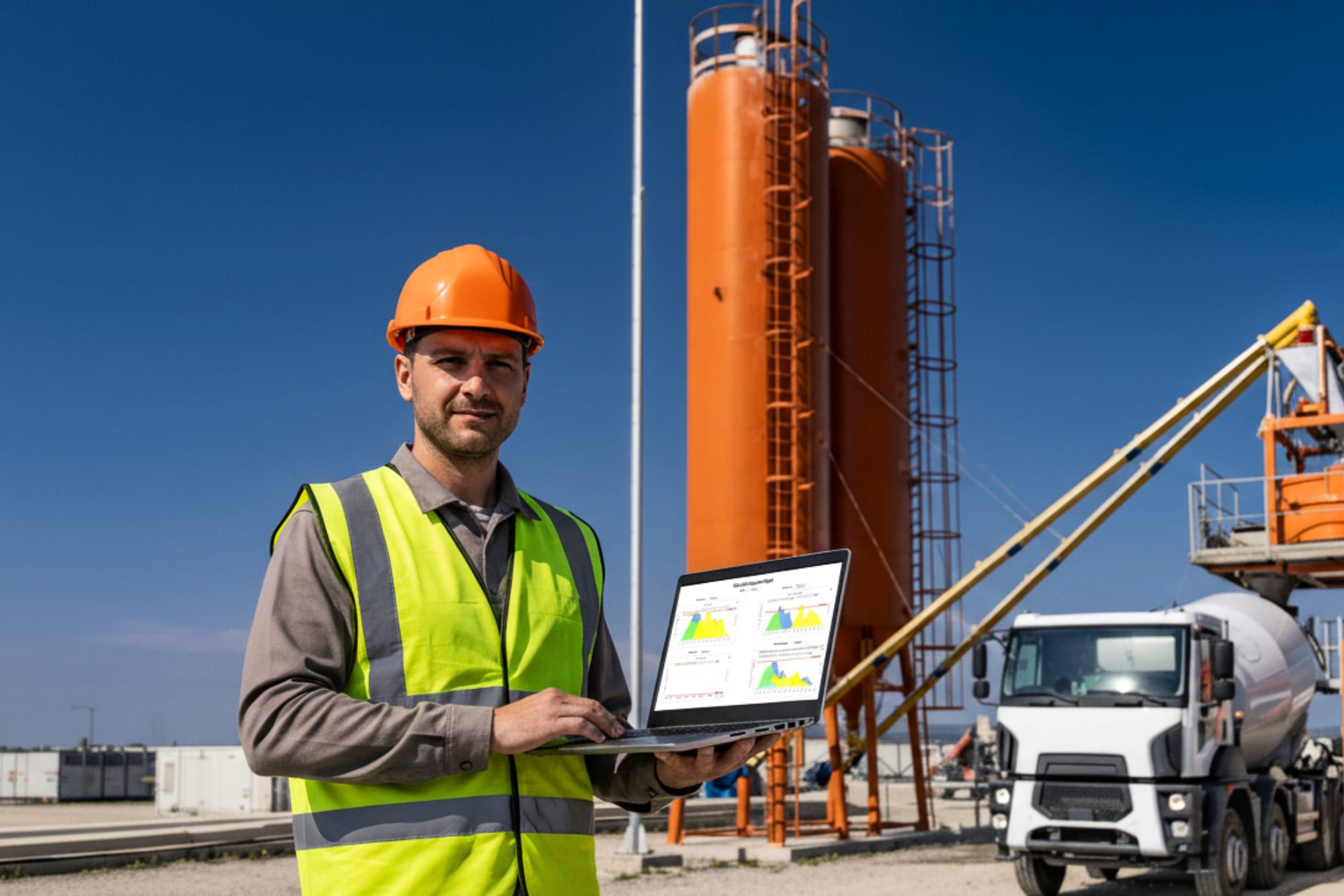
Advantages of SaaS over On-Premise Solutions for Concrete Producers
Concrete Producers now have multiple options when it comes to procuring and deploying software throughout their Ready-Mix operations. Cloud-hosted applications have gained in popularity over the last decade in the construction industry, providing faster access to data and driving down the cost of buying and maintaining software applications.
This is especially true for large-scale concrete producers or those who can easily expand their operations without incurring significant costs. Software as a Service (SaaS) offers greater flexibility, scalability, mobility, and cost-effectiveness. Users, trucks, and plants can be added in minutes thanks to the cloud’s elasticity and ability to scale quickly.
Updates are executed automatically, and uptime is guaranteed by major cloud service providers, whose primary concern is providing superior availability and security. The SaaS model delivers pre-built applications over the internet – The SaaS provider hosts and manages all aspects of the application including the IT infrastructure, security, operating environment, software updates, and backups. Concrete Producers no longer have to worry about purchasing, managing, or maintaining hardware or software and can focus on their core business of delivering concrete.
On-premise software, on the other hand, is typically installed on a company’s servers and computers and requires additional resources to manage applications and all the necessary hardware. The software itself is usually a one-time capital expenditure, however, vendors typically offer annual maintenance contracts to cover program upgrades and technical support in case of problems. It is sometimes stipulated that software and data are never really owned by the user in fine print in a contract. If you’re considering on-premises or SaaS, be wary of who controls the data.
SaaS applications by Sysdyne including ConcreteGO cloud dispatch, iStrada GPS/Truck Tracking, and Pioneer Cloud batch are available as a service. It is usually cheaper to use SaaS apps than to buy and maintain in-house software. Concrete producers are no longer required to invest in hardware and software, SaaS providers provide all the applications, data storage, and support that is needed to make sure systems are continuously updated and running smoothly. This approach guarantees higher uptimes and eliminates the need to shut plants down to perform software upgrades or backups.
Plant shutdowns disrupt production and cost money – with SaaS, everything is performed in the cloud with no disruptions – The cost of having internal or external resources perform system upgrades, backups, or troubleshoot network problems becomes a thing of the past. Using any internet-connected device, such as office desktops, laptops, tablets, and mobile phones, you can access data and applications at any time and anywhere.
Mobility has also become increasingly important in the construction industry – SaaS was built for mobility. Having real-time visibility into production and delivery in the concrete industry can help ensure business success. These benefits are especially significant for dispatchers, drivers, and customers who deal with ever-changing situations throughout the day where the right decision can be made based on the right data – the difference between being profitable or not. Concrete delivery management platforms like iStrada keep project stakeholders connected using an online portal to manage paperless tickets and track delivery performance in real-time using a phone or tablet.
Cloud-hosted SaaS providers are aware of the importance of data access and data security and as an integral part of their service, they provide a system and data redundancy to guarantee data is always backed up and secure. They apply extremely rigorous protocols to protect the integrity of the system that far surpasses typical on-premise security. The cost of putting in place and maintaining the same level of security would be cost-prohibitive for most businesses.
In terms of cost, generally, a SaaS offering is charged on a monthly or annual basis and is considered an Operational Expenditure and not a Capital Expenditure, which can carry several significant fiscal advantages. With SaaS, there is little to no upfront cost and no hardware to buy. In comparison, on-premise software generally involves a large upfront capital investment to cover software licenses, hardware, and network set-up costs, not to mention recurring maintenance fees for upgrades and support.
The SaaS model simplifies deployment, support, and eliminates the need to purchase hardware that needs to be replaced every 3 to 5 years. SaaS applications are automatically updated and upgraded so as not to disrupt production. SaaS offers concrete producers significant savings because they no longer need to shut down production to update computers. These solutions also eliminate hardware expenses associated with purchasing, managing, and upgrading IT infrastructures.
With a growing business, adding more employees, trucks, or plants is possible in minutes. SaaS models are very adaptable because they allow users to spin up or down instances of server instances very quickly, which means they can easily adjust to changing needs without physically adding new servers to existing IT infrastructure.
The Cloud also provides the necessary horsepower to process huge amounts of data that is inherent with leveraging Big Data, IoT, AI, and creating business intelligence. Unlimited on-demand computer resources in the cloud allow SaaS models to remain elastic, easily adapting to current demands and guaranteeing superior performance.


